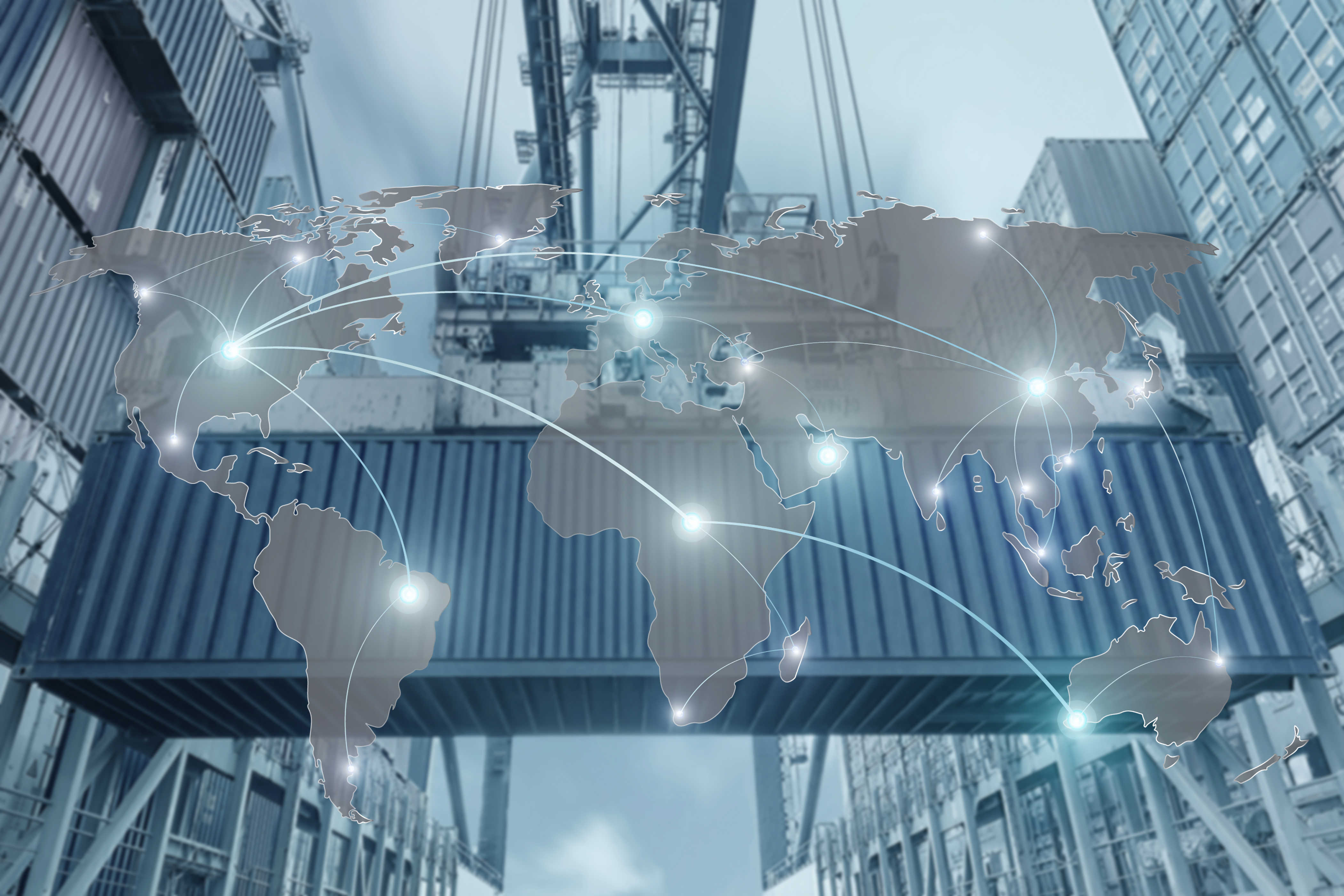Today the terminals are under pressure to perform better than ever. Every single stage of supply chain is under pressure financially and that makes turnaround times for vessels critical at the berth.
With the massive vessels addition to the current shipping market, it is expected to add revolutionary results into the global trade, making the international trade easier, more cost effective, and more products will be reachable universally.
In the 1950’s the vessels capacity was about 500 – 800 TEU’s where by 1980’s it has increased up to 4500 TEUs. And today with mega Triple E vessels. the capacity has reached up to 18000 TEUs per container ship. This means that vessel capacity has increased more than 3 times since the 1980’s. With this rapid increase in volume and capacity from the carrier’s side, there is no possible way the terminals can keep up with these volume increases happening so fast.
To better understand how costly it could be the ports’ poor performance : The daily cost of keeping a container vessel at the berth with capacity of 4500 TEU’s is estimated to be $33,900 and for vessel with capacity 18000TEUs that cost is estimated to reach up to $74300. Considering these huge costs involve just simply keeping the vessel one day at port, any improvements by terminals would be appreciated by the carriers.
Poor productivity is not tolerable if the terminals want to have long term positions in the market. Especially with the current market condition where time is essential, the introduction of much larger vessels will create a big gap in supply and demand.
One way of measuring port productivity has been based on ships arrival and departure from the berths.
Some may think that automation might be the answer to increase the productivity at the port and speed up the vessel turnaround time. Today, terminals are investing millions of dollars in terminal operating systems to make the process as automated as possible. Even though this helps to reduce the labor cost it is not completely helping the vessel operators to see the expected results from the ports. Also there are many other elements needed to be taken into consideration other than automation . Some other factors are labor, crane numbers, infrastructure, capital management, politics and government agencies’ involvement etc.
Terminals in Asia tend to be much more productive compared to ports in North America and Europe by most measures. Of course in these comparisons you need to look at the bigger picture and see if the facilities are operating in the same structure. For example some ports are open 24 hours and never close. Also at certain ports the customs procedures may be more complex as compared to other ports.
Looking at today’s condition in the shipping industry, the message is well defined: globally terminal operators must do better job on the increasing the productivity at the ports and delivering the vessel productivity required by the steamship lines




